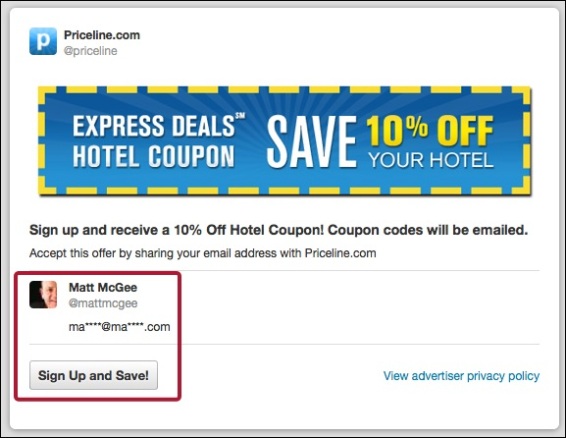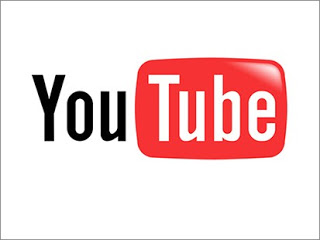YouTube reworks its video measurement metrics on basis of engagements, moving away from its measurements basis view time.
The latest changes comes in line with the earlier changes YouTube been implementing, starting with the Suggested video changes implemented in March.
Why This ?
YouTube’s video features were previously designed to drive views. This so called strategy attracted clicks to videos, but essentially videos that keep users engaged reduced.( some marketers referred this as “cleavage thumbnails” strategy to attract clicks).
The experimental results of these earlier changes were positive as per YouTube experiment – less clicking, more watching.
So, YouTube expects the amount of time viewers spend watching videos from search and across the site to increase.
What does this mean?
So the benefiters from this would be the marketers with dedicated YouTube channel, with the channel benefiting if your videos drive more engaging time ranking higher than videos that just drive clicks, where you would see drop in rankings
So the best things that a marketer can benefit would be to generate videos that would make people watch. Some of the old techniques like using shorter video format to get higher retention rate would also backfire. While high retention on your videos could mean higher indication of engagement, this doesn’t translate into a longer viewing session on YouTube. So, your video isn’t more likely to be seen just because it’s shorter.
However the flip side with marketers intentionally making their videos longer, assuming longer videos would lead to more watch time, would also not benefit, since this again may not translate into engagement through long videos.
So the key take away from this is–YouTube recommends to make greater videos that your audience would watch, love and share. As a result, YouTube’s primary recommendation is to make great videos that your audience will love and share, and stay away from questionable optimization strategies.
What to watch?
The day before it announced its algorithm change, YouTube added the new time watched reporting to its YouTube Analytics, providing video marketers with more tools to evaluate the performance of their videos and channel.
If video marketers could watch the Analytics carefully, they could use them to better understand what the audience wants to watch. So essentially more time watching content means a more engaged audience and more ad revenue for YouTube :)….and that’s just how the cookie crumbles sometimes.


